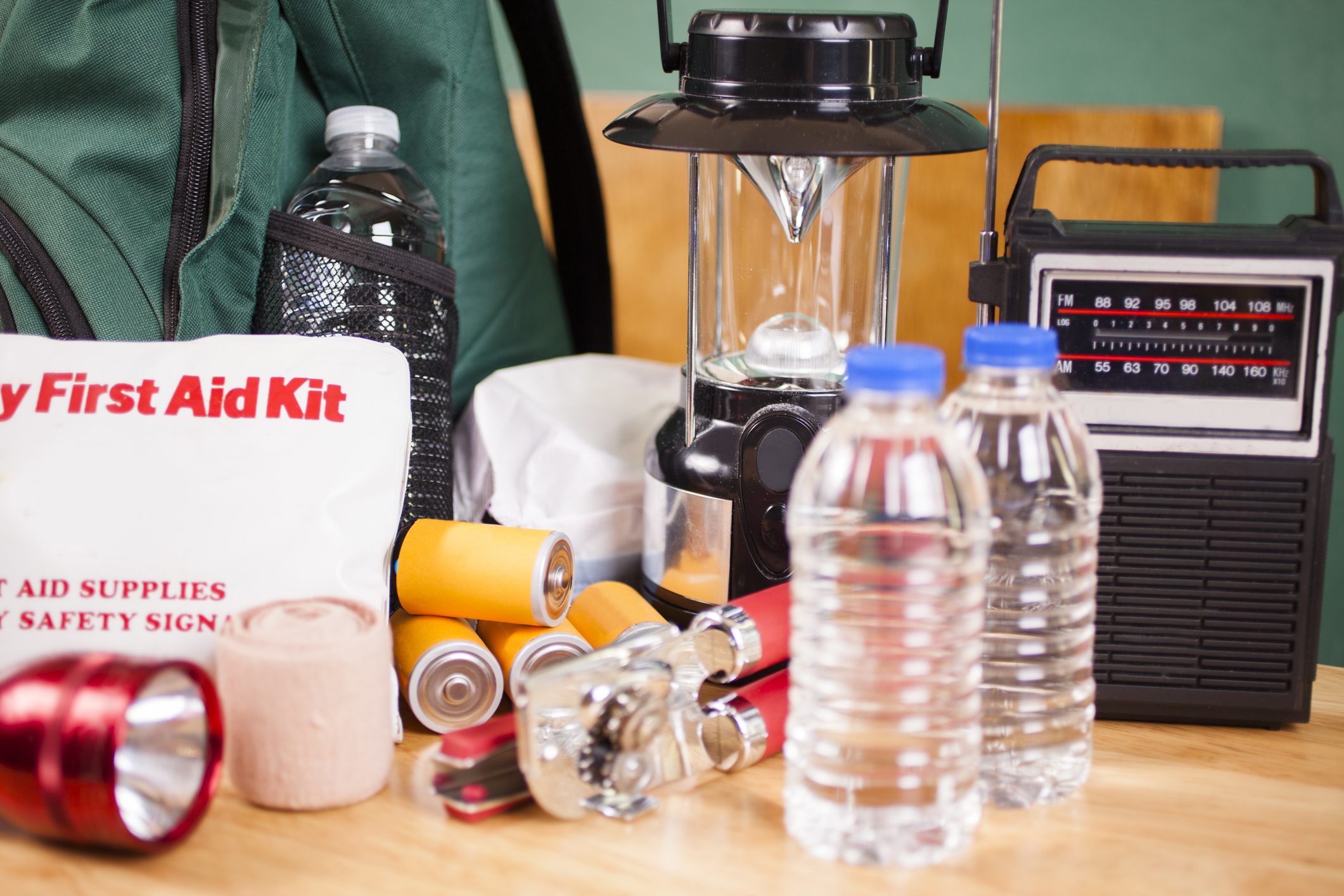Managing household expenses can be challenging, mostly because there are so many of them. From utility bills to groceries, insurance premiums, and more, the costs can add up fast. But with a little research and planning, you can lower your bills and save money. In this comprehensive guide, we’ll explore practical strategies to help you reduce your monthly expenses.
1. Create a budget
The first step in lowering your bills is to set up an overall budget. This means tracking your income and expenses to understand where your money goes. There are a lot of budgeting tools and apps available to help you streamline this process. One useful tool for this is Brigit’s Finance Helper—it has a tracker that lets you see how much you’re spending on each category. Once you have a clear picture of your financial situation, you can identify areas where you can cut costs.
2. Reduce your utility bills
Utilities like electricity, water, and gas are essential but can be a significant portion of your monthly expenses. Here’s how you can lower these bills:
– Energy efficiency
Invest in energy-efficient appliances when it’s time for an upgrade. Use LED bulbs, seal gaps in doors and windows, and program your thermostat to save on heating and cooling costs.
– Conservation
Be mindful of your water and electricity use. Turn off lights and appliances when you’re not using them, fix leaky faucets, and try to take shorter showers.
– Shopping around
If you have options in your area, compare utility providers to see if you can find a better deal on your electricity or gas services. Some offer competitive rates, especially if you’re willing to switch.
3. Cut the cord on cable
Traditional cable TV can be expensive. Consider switching to streaming services like Netflix, Hulu, or Amazon Prime, which can be a more cost-effective way to watch your favorite shows and movies.
4. Shop smart for groceries
Groceries can be a major monthly expense (and yet, you have to eat), but there are ways to cut costs without sacrificing the quality of your meals:
– Meal planning
Plan your meals for the week, create a shopping list, and stick to it. This reduces impulse purchases and food waste.
– Buy generic brands
Generic or store-brand products are often as good as name brands but more budget-friendly.
– Use coupons and cashback apps
Look for coupons in newspapers or online, and use cashback apps to get discounts and/or earn money back on your groceries.
– Buy in bulk
For non-perishable items that you use most, buying in bulk can save you money in the long run.
5. Refinance high-interest debt
If you have high-interest debt, like credit card balances, consider refinancing to lower your interest rates. Transferring your balances to a credit card with a lower interest rate or consolidating debt with a personal loan can save you money on interest payments.
6. Review insurance policies
Insurance is necessary, but you may be overpaying if you haven’t reviewed your policies in a while. Here’s what to do:
– Comparison shop
Obtain quotes from multiple insurance providers for your auto, home, and life insurance. You might find a better deal elsewhere.
– Bundle policies
Many insurers offer discounts if you bundle multiple policies, such as home and auto insurance, with them.
– Raise deductibles
Consider increasing your deductibles. Higher deductibles mean you’ll pay more if you have a claim, but they typically lead to lower premiums, so you’ll pay less each month.
7. Save on transportation
Transportation costs can take up a significant portion of your budget. To reduce these expenses:
– Carpool or use public transit
Sharing rides or using public transportation can help you save on fuel and maintenance costs.
– Drive economically
Practice fuel-efficient driving habits, like maintaining a steady speed and avoiding aggressive acceleration and braking. (It’s not just better for gas mileage, it’s generally safer, too!)
– Explore commuter benefits
If your workplace offers commuter benefits, take advantage of them. These programs often provide pre-tax savings on transit expenses.
8. Refinance your mortgage
If you’re a homeowner with a mortgage, consider refinancing to take advantage of lower interest rates. Refinancing can significantly reduce your monthly mortgage payments.
9. Cut out unnecessary subscriptions
Review your monthly subscriptions, like streaming services, gym memberships, or magazine subscriptions. If you’re not using them regularly, cancel or downgrade to a lower-cost plan.
10. Negotiate and ask for discounts
Don’t be afraid to negotiate bills or ask for discounts. Call your service providers, such as your cable or internet company, and inquire about any available promotions or loyalty discounts. You might be surprised at the savings you can get by making a simple phone call.
11. Automate savings
Set up automated transfers to your savings account. This way, you’re less likely to spend the money you intend to save. Even small, regular transfers can add up over time.
12. Monitor your progress
Regularly review your budget and track your expenses to ensure you’re staying on track with your savings goals. Adjust your budget as needed to accommodate changes in your financial situation or unexpected expenses.
The bottom line: how to lower your bills
Lowering your bills and saving money requires a combination of planning, budgeting, and smart choices. By following these practical strategies and regularly assessing your expenses, you can reduce your monthly bills and increase your financial security. Remember, every small change you make adds up over time and contributes to a more financially stable future.


